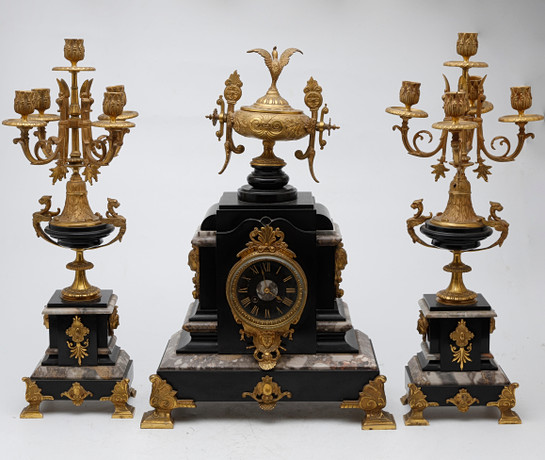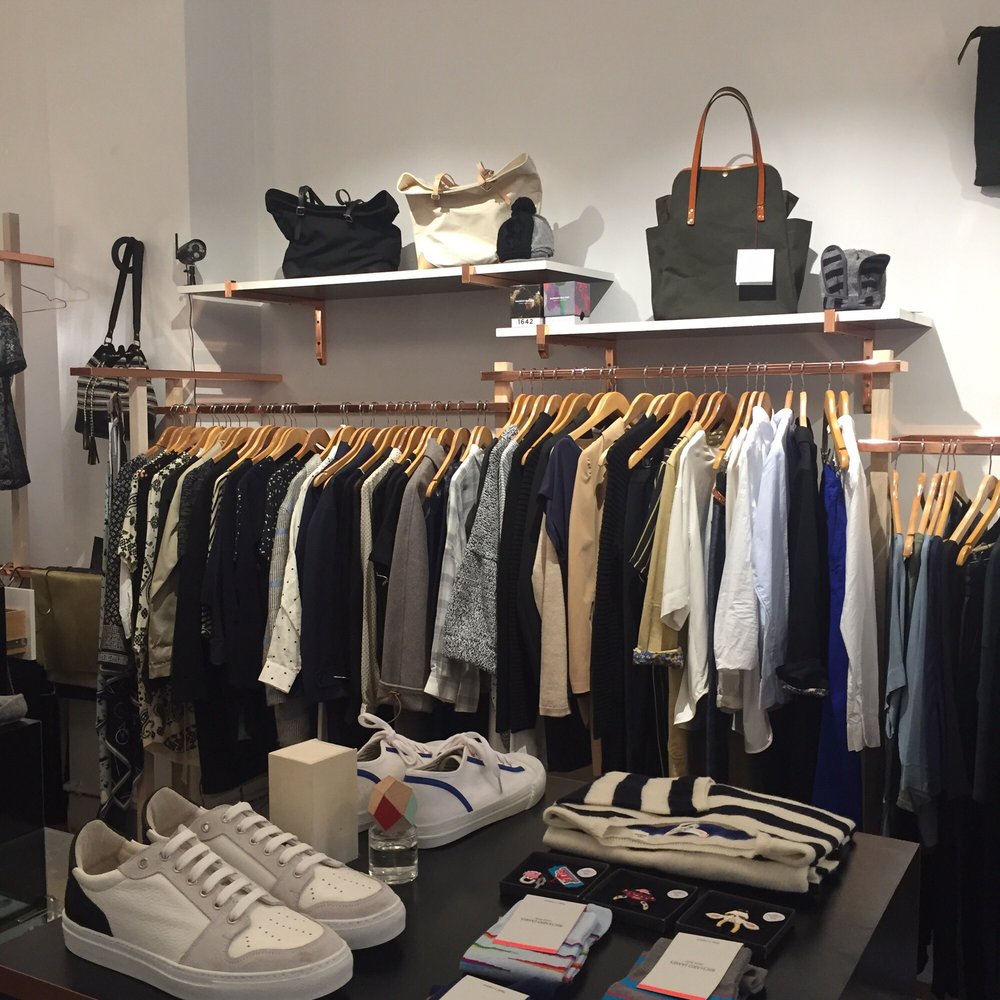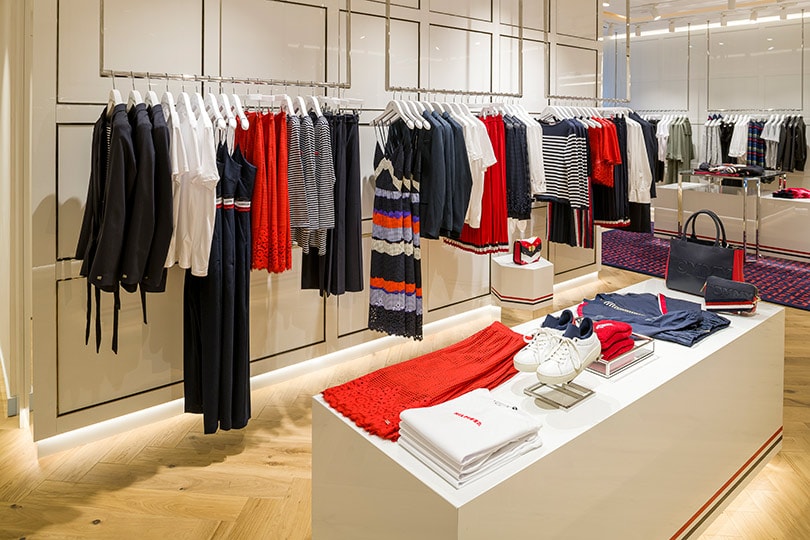Fashion brand company design history
The history of fashion design particularly relates to the evolution of the goal and purpose behind the creation of clothing, accessories, shoes, and other items, as well as their design and manufacture. The contemporary fashion industry began in the 19th century with Charles Frederick Worth, who became the first designer to have his label sewed into his creations in 1858. The origins and early years of the fashion brand company.
When people first started wearing clothes, fashion emerged. The usual materials used to make these garments were plants, animal pelts, and bone. The distinction between haute couture and ready-to-wear was nonexistent prior to the middle of the 1800s.
The Newest Parisian styles
These garments' designs grew increasingly based on printed patterns, particularly those from Paris, which were widely disseminated throughout Europe and excitedly awaited in the countryside. Then, seamstresses would make the best interpretations of these patterns. The most stylish people, typically those at court, along with their seamstresses and tailors, created the clothing that served as the basis for the designs. While dressed dolls from France had been distributed since the 16th century and fashion engravings by Abraham Bosse had been created in the 1620s, the pace of change quickened in the 1780s with the publication of more French engravings showing the newest Parisian styles and the appearance of fashion magazines like Cabinet des Modes. All Western Europeans dressed alike by 1800, or so they believed; local differences evolved became a mark of the traditional peasant, then an indication of provincial culture.
Before 1898: Couture beginnings
Early in the 20th century, rotogravure allowed fashion publications and newspapers to incorporate images, which increased their impact. These periodicals influenced popular taste considerably and were highly sought after worldwide. These magazines highlighted the newest trends in beauty and fashion, and talented artists like as Paul Iribe, Georges Lepape, Erté, and George Barbier created eye-catching fashion plates for them. The most well-known of these periodicals was arguably La Gazette du Bon Ton, which Lucien Vogel started in 1912 and continued to print regularly until 1925.
Before 1900: Couture beginnings
The earliest fashion designers emerged as the industry leaders in the early eighteenth century. The women of the French nobility began to seek out the dressmaker for the queen, Françoise Leclerc, in the 1720s. By the middle of the 1800s, Marie Madeleine Duchapt, Mademoiselle Alexandre, and Le Sieur Beaulard had gained national recognition and were able to attract not only French but also foreign nobility as clients. But most people agree that Rose Bertin was the first fashion designer to become well-known worldwide.
Minister of Fashion
Dubbed the "Minister of Fashion," Rose Bertin (July 2, 1747 – September 22, 1813) served as Marie Antoinette's seamstress from 1770 to 1793. Before the French Revolution drove her into exile in London, Bertin built a store in Paris and had a significant impact on Parisian fashion.
Combat her enemies with style
Additionally, designers like Mary Ann Bell and Ann Margaret Lanchester were growing their companies and releasing their own by the early 19th century. patterns found in fashion publications. Fashionable Parisian designers of the first half of the 1800s, like Madame Vignon, Madame Victorine, and Madame Palmyre, typically collaborated with their clients to create unique products rather than independently designing items that their clients could purchase.
Before 1905: Couture beginnings
Charles Frederick Worth (1825–1905), an Englishman who lived in Paris, is recognized as the first designer in the contemporary definition of the word. He had a sizable company that employed several, mostly unnamed tailors and seamstresses. Worth, a former draper, was so successful that he could tell customers what to dress. As the principal designer for the Empress Eugénie, Worth was thrust into the limelight and utilized his royal ties to garner attention and business. When Napoleon III declared on February 1, 1853, that no guest would be admitted to his court unless they were dressed in formal attire, the demand for Worth-style gowns skyrocketed. Worth's dresses are renowned for their crinolines, which are cage-like metal frames that hold the garment out, and are elaborately embellished and made from the best fabrics.
Before 1990: Couture beginnings
Paris and, to a lesser extent, London were the birthplaces of high fashion in the early decades of the twentieth century.[Reference required] Editors from international fashion magazines attended the Paris fashion shows. Department stores also sent buyers to the Paris fashion shows, where they bought clothing to imitate (openly stealing other people's style lines and trim details). The newest Parisian fashions were available in both ready-to-wear and made-to-measure sections, each tailored to the target customer's estimated lifestyle and budget.
Late twentieth century
A common description of 2000s fashion is that it was a global mash-up, incorporating elements of several music-based subcultures, global and ethnic apparel (such as boho), and vintage styles. For young people of all ages, hip-hop fashion was usually the most popular, with the retro-inspired indie style taking the lead later in the decade.
European, American, and Australasian styles
European, American, and Australasian styles.There was a significant resurgence of clothing styles in the latter part of the decade, mostly from the 1960s, 1970s, and 1980s.
2010s
Hipster fashion, athleisure, a resurgence of alternative and austerity-era period pieces, swagger-inspired ensembles, neon streetwear from the 1980s, and unisex 1990s-style components influenced by grunge and skater trends were the defining characteristics of the 2010s.
International Fashion brands
Abbot and Fitch, Adidas, Balenciaga, Ben Sherman, Burberry, Christian Dior, Coach, DSquared2, Dorothy Perkins, Fashion Nova, Forever 21, Gucci, H&M, Hollister, Hugo Boss, Lacoste, Louis Vuitton, Marks and Spencer, Michael Kors, Monsoon Accessorize, Nike, Nine West, Off-White, River Island, Supreme, Topman, Topshop, Uniqlo, Under Armour, and Vans were among the well-known international fashion brands of the decade. The origins and early years of the fashion brand company.
2020s
The 2020s fashion trends are different from the 2010s trends in that they evoke nostalgia for bygone eras of design. The fashions of the 1980s, 1970s, 1960s, late 1990s, and early to mid-2000s have all greatly influenced them. Numerous newspapers observed the 2020s fashion trend's shorter cycle of nostalgia and trends early in the decade.
Instagram and TikTok used as marketing tools in the 2020s
Many businesses, including the industry's biggest fast-fashion brands today, Shein and Temu, started adopting social media sites like Instagram and TikTok as marketing tools in the 2020s. Third-party marketing initiatives, especially those involving influencers and celebrities, have gained popularity. Etsy and Depop, two e-commerce sites that support small businesses, expanded by selling handmade, vintage, or resold apparel from individual sellers. Because thrifting is all about obtaining high-quality items at affordable prices, it has also become increasingly popular.
The fashion brand company
During this time, Adidas, Nike, New Balance, Globe International, Vans, Kappa, Tommy Hilfiger, Asics, Ellesse, Ralph Lauren, Forever 21, Urban Outfitters, Playboy, Crocs, and The North Face were among the well-known companies in the UK, US, and Australia. The origins and early years of the fashion brand company.
2021s
Pandemic Impact: The fashion industry faced significant challenges due to the ongoing COVID-19 pandemic. Lockdowns, supply chain disruptions, and changes in consumer behavior affected sales and production.
Sustainability: Brands continued to emphasize sustainability, with a focus on eco-friendly materials, ethical practices, and transparent supply chains.
Digital Transformation: The industry accelerated its digital transformation. Virtual fashion shows, online retail experiences, and augmented reality (AR) applications became more prominent.
Trends:
Loungewear Dominance: With more people working from home, comfortable and stylish loungewear gained immense popularity.
Tech Integration: Smart textiles and wearable technology made their way into fashion, offering innovative and functional clothing.
Diversity and Inclusivity: Consumers increasingly demanded more diversity and inclusivity in advertising and product offerings.
2022s
Post-Pandemic Recovery: With vaccination efforts underway, the industry expected a gradual recovery from the pandemic's impact.
Circular Fashion: Brands continued to adopt circular fashion practices, promoting recycling, upcycling, and responsible disposal.
Meta Fashion: Virtual and augmented reality experiences became even more integrated with fashion, offering virtual try-ons and immersive online shopping.
Styles:
Sustainable Chic: Sustainable fashion became a defining element of style, with consumers valuing ethical and environmentally friendly choices.
Y2K Resurgence: The early 2000s fashion trends experienced a revival, influencing styles and aesthetics.
2023s
Digital-Physical Fusion: The lines between digital and physical fashion experiences blurred further, with brands offering seamless transitions between virtual and real-world interactions.
Localized Production: Brands continued to explore localized and on-demand production to reduce environmental impact and respond quickly to consumer preferences.
NFTs in Fashion: Non-fungible tokens (NFTs) started playing a role in the fashion industry, offering unique digital assets and experiences.
Styles and Aesthetics:
Maximalism Returns: After years of minimalism, a resurgence of maximalist styles and bold, expressive fashion choices became more prominent.
Artisanal Craftsmanship: Consumers appreciated and sought out artisanal, handcrafted pieces, emphasizing quality over quantity.
2024s
3D-Printed Fashion: 3D printing technology became more mainstream in fashion, allowing for highly customizable and avant-garde designs.
Emphasis on Emotional Connection: Brands focused on creating emotional connections with consumers, telling compelling stories and aligning with values that resonate.
Fashion as a Service: Subscription-based and rental fashion services gained popularity, offering consumers more sustainable and flexible options.
Styles and Influences:
Tech-Inspired Fashion: Technology-inspired aesthetics and futuristic designs became prevalent, reflecting the increasing integration of tech in daily life.
Global Fusion: Styles drew inspiration from diverse cultures, resulting in a global fusion of fashion trends.
Keep in mind that these are speculative trends based on general industry directions, and individual brand strategies may vary. The fashion industry is highly dynamic and influenced by a multitude of factors. The origins and early years of the fashion brand company.






Comments
Post a Comment